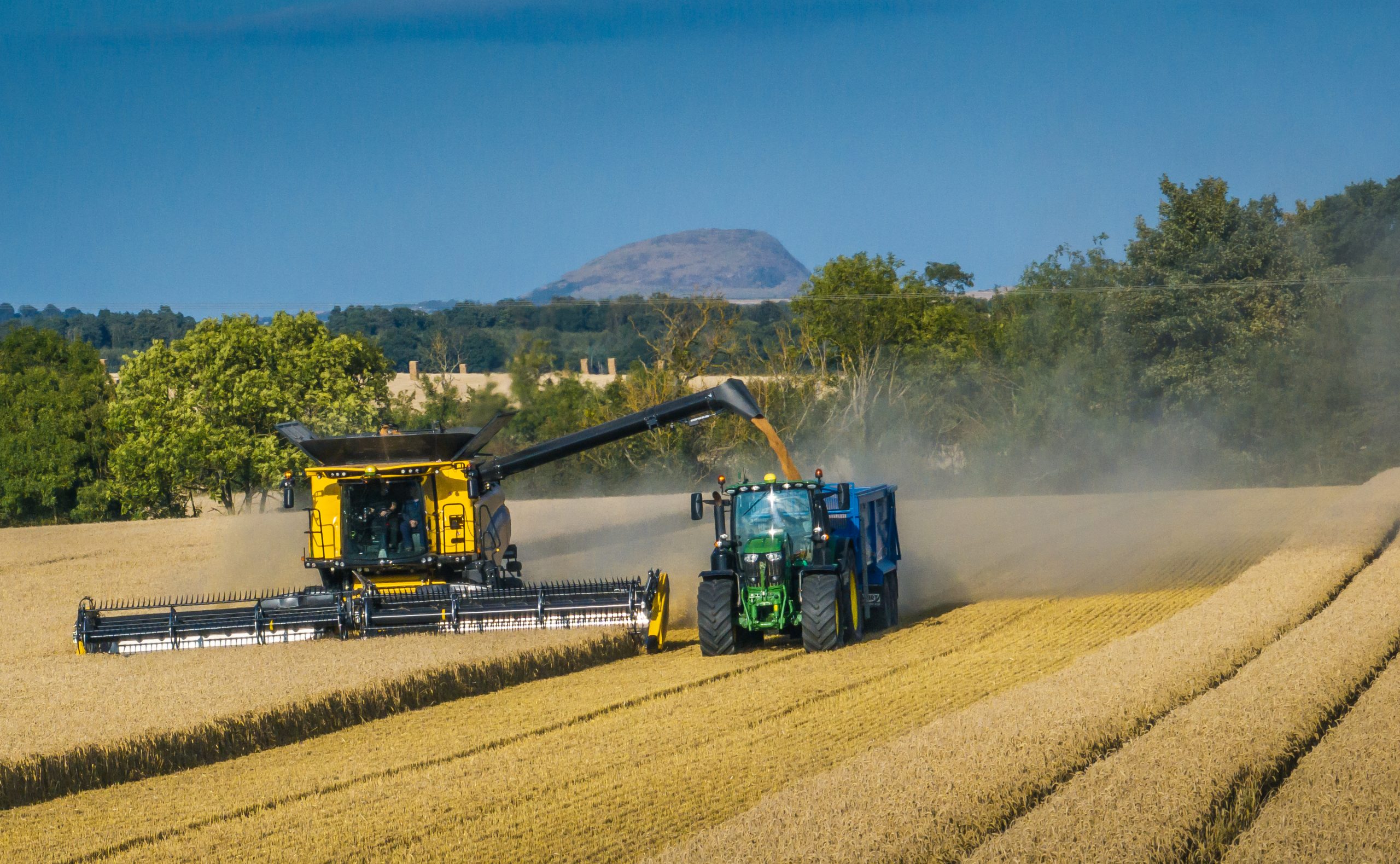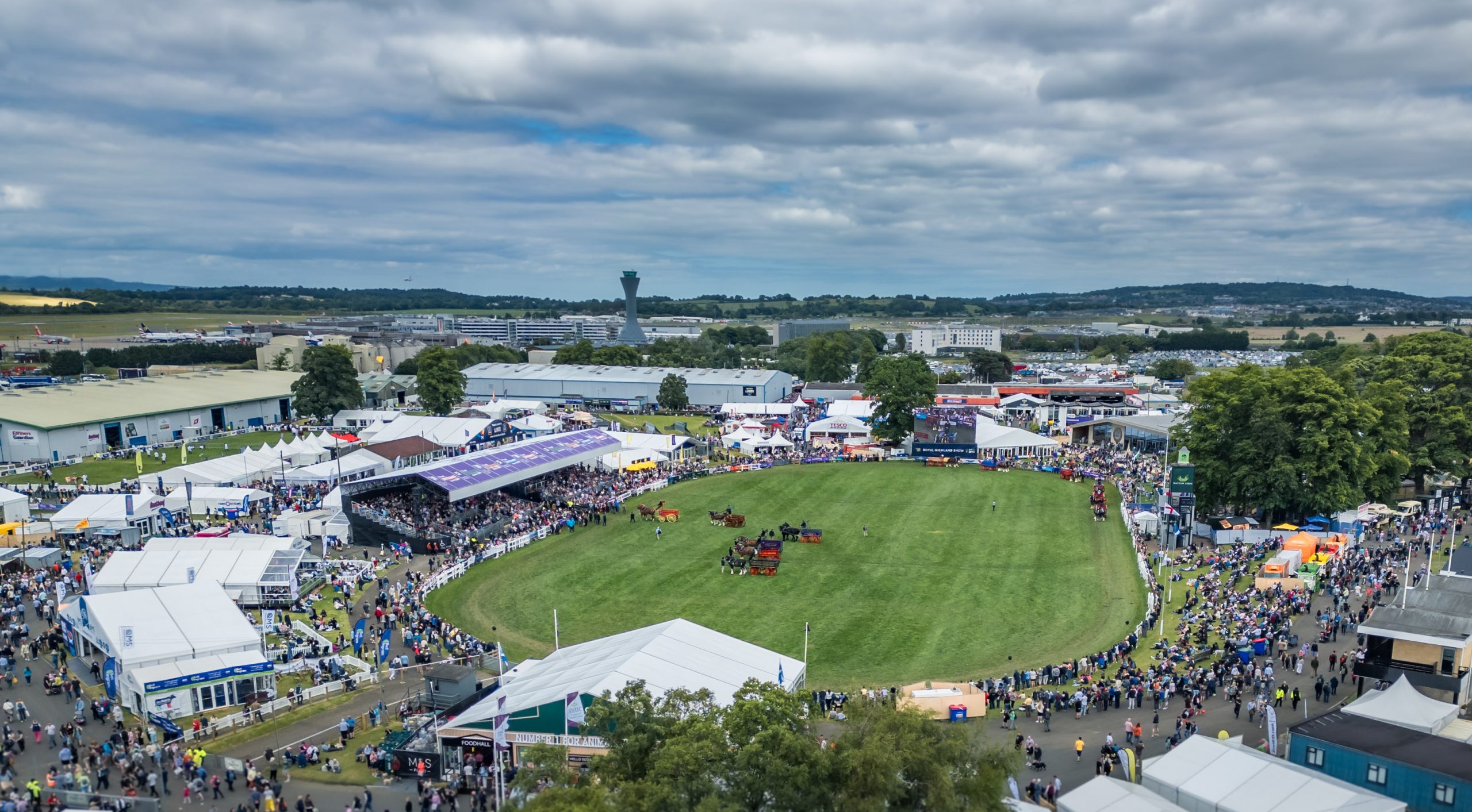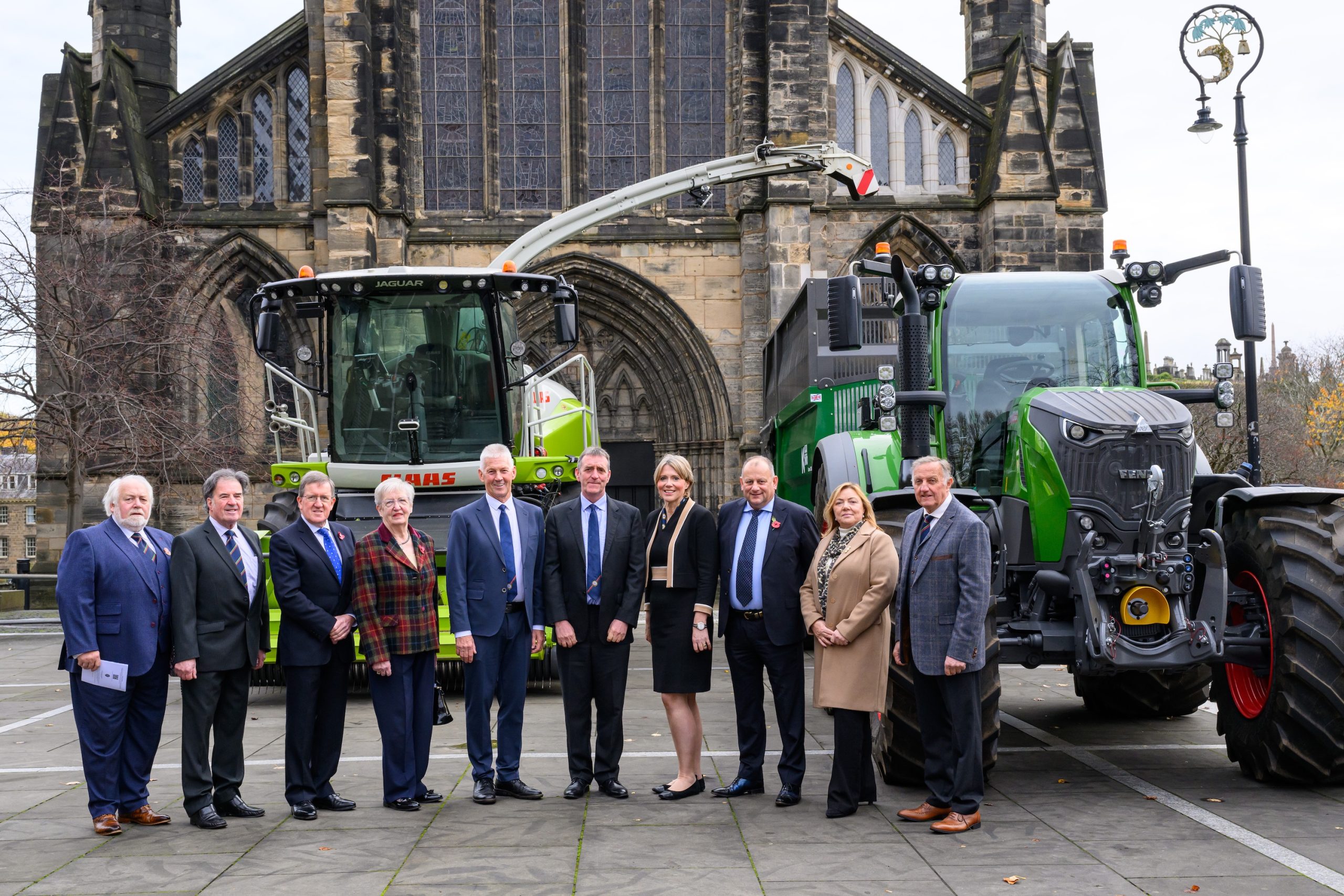The term ‘regenerative’ in agriculture needs to be used carefully to avoid division in the farming sector, industry leaders have said.
Farmers over the years have expressed concern over the use of certain “buzzwords” when it comes to the industry, and how they can create an “us and them” dynamic, hindering progress.
Regenerative farming, in a general sense, follows principles that balance productivity, with the restoration and protection of the land and soils. The movement has grown in recent years, with the world shifting its attention to environmental protection in the face of biodiversity decline and a changing climate.
In Scotland, for example, there is GOFalkland, an annual regenerative farming event which started last year. It is a spin off Groundswell, held in England, which has been running for about a decade, and is the UK’s largest independent regenerative agriculture of its kind, inviting hundreds of speakers from across the world.
Speaking at a roundtable event hosted by The Scotsman in partnership with RHASS (Royal Highland & Agricultural Society of Scotland) at the Royal Highland Show, which was centred on regenerative farming, industry leaders picked apart the term and what it means.
One question was how regenerative farming should be encouraged in Scotland, to which Greg Dawson, of Scottish Agronomy, said: “That implies that farmers are not already doing it.”
He said those who don’t wear the regenerative agriculture t–shirt, but have still been using regenerative farming practices for years, feel targeted.
“In terms of the word regenerative, we really need to think about what it is we mean he said.
“There are people who roll their eyes because they are already utilising integrated farm management, , then there are left–field thinkers who are really pushing the boundaries and perhaps losing the scientific underpinning Some have gone way beyond data driven research. There are risks to following that path.“
Mr Dawson said when words such as regenerative start to influence policy, it can be problematic for an industry that he said requires flexibility.
“ A legislative–based approach to regenerative farming really worries me because what’s right on one field in one season will not be right in that same field in another season, particularly if we’re looking at measures based on food production rather than area..” His concerns were echoed by Hugh Broad, of Woodhead Farm in East Lothian, which is a demonstration farm for LEAF, a leading organisation in promoting sustainable food and farming.
Mr Broad said: “The most important thing is we should be evidence–led.
“If we’re going in any given direction, it’s really important there’s impartial evidence presented to the industry to encourage us in the right direction.
“Regenerative farming is a subject that’s become very emotive. I get very nervous when politicians adopt something and say that’s the single solution.”
Mr Broad said some people in the industry claiming certain regenerative practices will “sort out the carbon crisis” is too sweeping. He pointed to the apple analogy, commonly used in land use debates, which demonstrates how if an apple is cut into quarters, only one quarter represents land, of which about an eighth of that is suitable for agriculture.
Carefully peel off the skin on that small bit of apple, and this represents the topsoil layer where we grow food.
“It’s a bold claim when people say regenerative farming is going to solve the carbon mission crisis, so we have to focus on being evidence led when it comes to farming.”
Arable farmer and incoming Chairman of RHASS James Logan said a challenge under the term regenerative farming is trying to find the solutions to intensive agriculture.
Producing 400 acres of potatoes for food, he said it’s “difficult to get that balancing act” between output and the listed regenerative farming principles: minimise soil disturbance – physical and chemical; keep the soil covered; maintain living roots in the soil; maximise plant diversity; and reintroduce livestock.
Mr Logan said: “ “We are getting pressured by the government and politicians, but we need to make sure that these are correct decisions for good Agricultural practise and the environment. ” He is also excited that RHASS’s President’s initiative next year will be looking at how the sector can find technical solutions to support all farming in the transition to net Zero.
“Soil health is underpinning of everything we do, as it is our main asset we have” he said. “Farming did lose sight of that for a little while, everyone in agriculture would agree with that. We all need to appreciate that looking after soil health is important to the future of Scottish Agriculture, and everyone needs to look at all opportunities to improve moving forward, it is a mixture of techniques that will make this possible, from traditional mixed farming to cover
crops and good rotations.”
Agriculture ecologist Dr Lorna Cole said the regenerative farming movement needs to move away from being prescriptive, and more inclusive.
“I have been an agriculture ecologist for 25–30 years and this word has just come up maybe in the last three or four years, and it’s basically agroecology, but it does present farmers with a toolkit of management practices that they can pick and choose from. “There’s a scale though, unlike with organic where you are or you aren’t, and everyone is on that scale, which means it should be inclusive, and that any farmer can move towards being more regenerative. I think having to link to your five principles of soil health in order to be ‘regenerative’ can be very restrictive.”
Dr Cole said while tree planting can be positive in nature regeneration projects, prime agriculture land must be kept for food production. “Planting trees and solar going up on prime agriculture land is a concern. I love tree planting, but we need to produce food,” she said.
“If we lose prime agriculture land, we are offshoring it because we have to import it. This then leads to destruction elsewhere, the amazon for example.
“There is a food crisis. In Scotland we are lucky, but we need to make sure we have land to produce food.”
“If we lose prime agriculture land, we are offshoring it because we have to import it. This then leads to destruction elsewhere, the amazon for example.
“There is a food crisis. In Scotland we are lucky, but we need to make sure we have land to produce food.”
 Login
Login Login
Login



